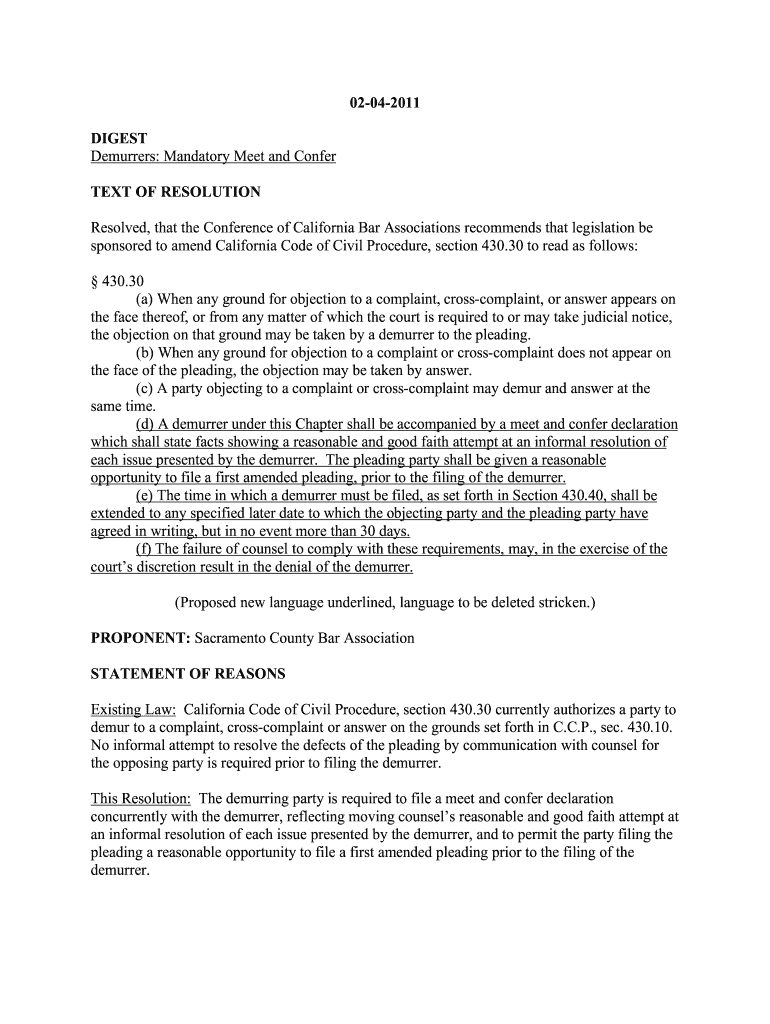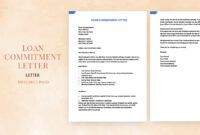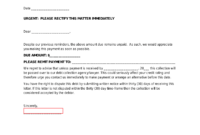Navigating the complexities of legal disputes can often feel overwhelming, requiring careful communication and a strategic approach. Before rushing to file motions or involve the court in every disagreement, there’s a crucial step that many legal systems encourage, and sometimes even require: the “meet and confer” process. This good-faith effort to resolve issues amicably between parties can save significant time, money, and stress for everyone involved.
To streamline this essential pre-litigation or pre-motion step, having a reliable meet and confer letter template at your fingertips is invaluable. It ensures you communicate clearly, professionally, and adhere to any procedural requirements, setting the stage for productive discussions and demonstrating your commitment to resolving matters efficiently. Let’s explore why these letters are so important and what goes into crafting an effective one.
Understanding the Purpose of a Meet and Confer Letter
A meet and confer letter is essentially a formal invitation to your opposing party to discuss specific issues in a legal dispute, with the aim of reaching a resolution without judicial intervention. It’s a proactive step that demonstrates good faith and a willingness to cooperate, which can be highly regarded by the courts. Think of it as a formal handshake to try and sort things out before bringing in the referee.
In many jurisdictions, particularly within civil litigation, courts mandate that parties attempt to resolve certain disagreements amongst themselves before filing a motion. For instance, if you’re having trouble getting your opponent to produce requested documents, the court often expects you to first “meet and confer” about the discovery dispute. A well-documented letter serves as proof that you’ve made this required effort, should the issue eventually need to go before a judge.
Beyond mere compliance, the meet and confer process itself offers substantial benefits. It can lead to quicker resolutions, avoid unnecessary court appearances, and even preserve professional relationships, which is particularly useful if the parties might need to work together in other capacities in the future. It’s about finding common ground and practical solutions, rather than immediately escalating every minor point of contention. Ultimately, it’s about efficiency and effectiveness in dispute resolution.

By clearly articulating the problem and proposing a discussion, you create an opportunity for both sides to understand each other’s positions better and brainstorm solutions. This often uncovers misunderstandings that can be easily clarified, or reveals simple compromises that weren’t obvious when only communicating through formal filings.
Key Situations Where a Meet and Confer Letter Becomes Essential
- Discovery disputes, such as when requested documents are not produced or interrogatory responses are evasive.
- Seeking clarification or further information on specific legal points or factual assertions.
- Scheduling conflicts regarding depositions, hearings, or other deadlines.
- Any instance where court rules or local procedures require a good faith effort to resolve a dispute prior to filing a motion.
- Attempting to narrow down issues for trial or settlement negotiations.
Building Your Effective Meet and Confer Letter Template
Crafting a meet and confer letter that effectively communicates your position and invites constructive dialogue requires careful thought and a structured approach. Your goal is to be clear, professional, and persuasive, laying out the issues and proposing a path forward without being overly aggressive or accusatory. A robust meet and confer letter template ensures you cover all the necessary bases every time.
Begin by clearly identifying the parties involved in the dispute and referencing the specific case name and number. This ensures there’s no ambiguity about which matter the letter pertains to. Following this, succinctly state the purpose of the letter: your intention to meet and confer regarding a particular issue. Be direct and to the point, leaving no room for misinterpretation of your intentions.
Next, delve into the specifics of the dispute. Clearly articulate the problem you’re encountering, providing concise factual details and references to any relevant rules, orders, or prior communications. For example, if it’s a discovery dispute, cite the specific discovery request and explain why the response was deficient. The more precise you are, the easier it is for the recipient to understand the scope of the problem.
Crucially, the letter must include a concrete proposal for a meet and confer. Suggest specific dates and times, or offer to work with the opposing counsel’s schedule. Indicate your preferred method for the meeting—whether it be in person, via telephone, or a video conference call. This demonstrates your genuine desire to engage and removes any excuses for delaying the discussion.
Finally, set a reasonable deadline for a response and clearly state your next steps should a resolution not be reached through the meet and confer process. This isn’t meant to be a threat, but rather a professional indication that if good faith discussions fail, you intend to exercise your right to pursue other remedies, such as filing a motion with the court. A well-designed meet and confer letter template will guide you through including these vital components every time.
- Your Contact Information and Date
- Recipient’s Contact Information
- Formal Salutation
- Case Name and Number
- Clear Statement of the Specific Dispute or Issue
- Reference to Relevant Legal Rules or Orders (e.g., local court rules requiring meet and confer)
- Detailed Explanation of Your Position or Proposed Solution
- Specific Dates and Times for the Proposed Meeting or Discussion
- Preferred Method for the Meeting (e.g., phone, video conference, in-person)
- A Firm Yet Reasonable Deadline for Response
- Statement of Intent to Seek Judicial Intervention if Resolution is Not Achieved
- Professional Closing and Signature
Harnessing the power of a thoughtfully constructed meet and confer letter can profoundly impact the trajectory of your legal matters. It empowers you to address disagreements proactively, demonstrating professionalism and a commitment to efficient resolution, often sidestepping more time-consuming and costly judicial processes. This strategic communication tool is more than just a formality; it’s a critical component of effective legal practice.
By consistently applying the principles of clear communication, good faith, and procedural adherence, you equip yourself to navigate disputes with greater confidence and control. Whether you’re a seasoned attorney or someone new to legal proceedings, understanding and utilizing these foundational elements will undoubtedly enhance your ability to achieve favorable outcomes and manage legal challenges effectively.



